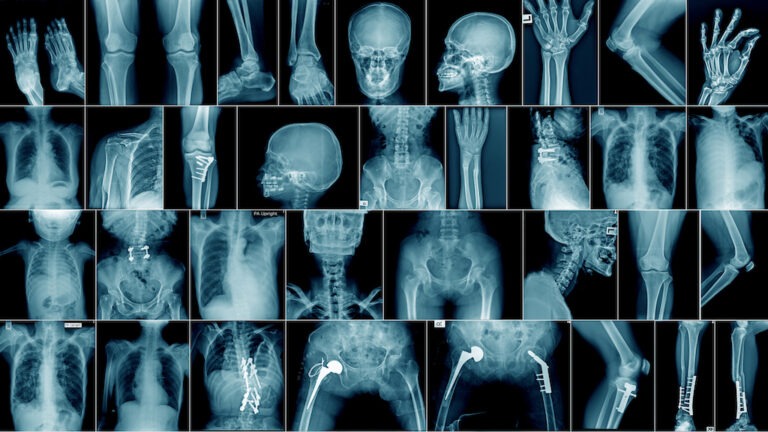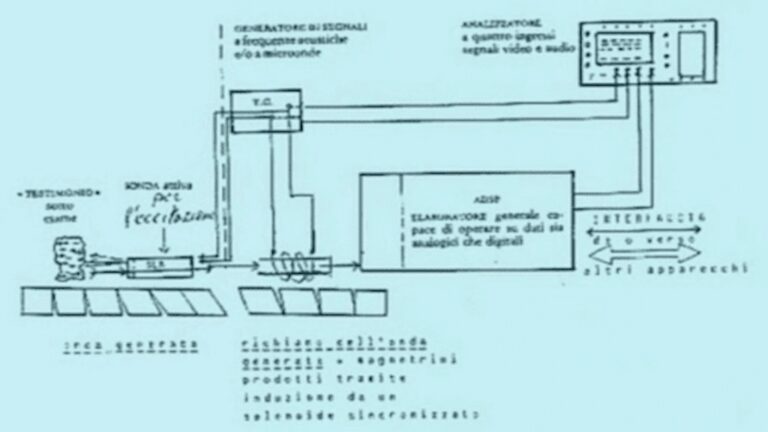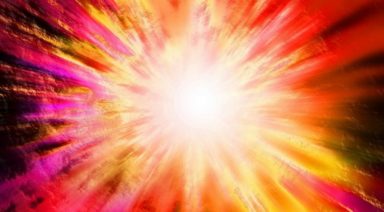Scientists Are Now Using Sound Waves to Regrow Bone Tissue

The future of regenerative medicine could be found within sound healing by regrowing bone cells with sound waves.
The use of sound as a healing modality has an ancient tradition all over the world. The ancient Greeks used sound to cure mental disorders; Australian Aborigines reportedly use the didgeridoo to heal; and Tibetan or Himalayan singing bowls were, and still are, used for spiritual healing ceremonies.
Recently, a study showed an hour-long sound bowl meditation reduced anger, fatigue, anxiety, and depression, which is great news for mental health. But now, a new study out of the Royal Melbourne Institute of Technology in Australia, showed physical healing using sound waves.
Scientists used high-frequency soundwaves to turn stem cells into bone cells in a medical discipline called ’tissue engineering,’ where the goal is to rebuild tissue and bone by helping the body to heal itself.
The researchers shot sound waves at tissue cells for 10 minutes a day over the course of five days. This magnified image shows stem cells turning into bone cells after being treated with high-frequency sound waves.
Co-lead researcher Leslie Yeo explained, “[W]e can use the sound waves to apply just the right amount of pressure in the right places to the stem cells, to trigger the change process.”
Professor Yeo and his team have spent over a decade studying sound wave effects on different materials, and have learned to use sound waves above 10 megahertz for the best results. In the past, the researchers point out, experiments to turn stem cells into bone cells were cost-prohibitive to scale up, and as cells had to be harvested from patients’ bone marrow, it could be extremely painful. But in this experiment, they used multiple types of cells, even fat cells that are much easier to extract from a patient.
They further argue that since the sound waves created in this experiment were generated by a low-cost microchip, their process will be quicker, easier, and less expensive than other methods. The next major challenge ahead: scaling the process so it can be put into medical use.
The Chronovisor: The Vatican’s Mysterious Time Travel Device

While many regard H.G. Wells as a genius for inventing the idea of the time machine in his novel, “The Time Machine,” some believe he was revealing a top-secret capability. Since his novel was first published in 1895, thousands of books, articles, and videos have followed, documenting curious accounts of time travel and dimensions beyond the wildest of imaginations.
One of these works, Father François Brune’s 2002 book, “Le Nouveau Mystere du Vatican,” brings a forgotten time-travel device called the Chronovisor, back into the public eye — or at least into the minds of conspiracy theorists.
Brune, who learned of the device in the early 1960s, swears the Chronovisor exists. A day after he met scientist-priest Father Pellegrino Ernetti for the first time, the two were sailing along the Grand Canal of Venice discussing biblical interpretations, when Ernetti explained that theories and interpretations were unnecessary when one could see the truth for himself. He explained to Brune how the Chronovisor functioned, allowing the viewer to see and hear past and future events. The story of his full account is included in Brune’s book.
With a little digging, researchers will find the first mentions of the Chronovisor in a 1972 article published in the Italian magazine “La Domenica del Corriere,” entitled, “A machine that photographs the past has finally been invented.”
What is the Chronovisor and Who Allegedly Created It?
Belonging to the Vatican, the Chronovisor time machine is heralded as one of the papacy’s best-kept secrets. The device is said to be replete with three precious alloys, cathodes, dials, and levers, and it can display myriad historical events in biblical and Roman history. Acting as a sort of television, the Chronovisor has even supposedly verified the existence of Jesus Christ and broadcast his crucifixion.
The Chronovisor time machine is claimed to have been invented in the 1950s by a dedicated and secret team of Italian scientists, including physicists Enrico Fermi and Pellegrino Ernetti. Critics may take credibility issues with the fact that Ernetti, a Benedictine monk, eventually became a Catholic priest and a working exorcist.

However, Enrico Fermi’s reputation is nothing to scoff at. He was awarded the Nobel Prize for Physics in 1938 “for his demonstrations of the existence of new radioactive elements produced by neutron irradiation and for his related discovery of nuclear reactions brought about by slow neutrons.”



































